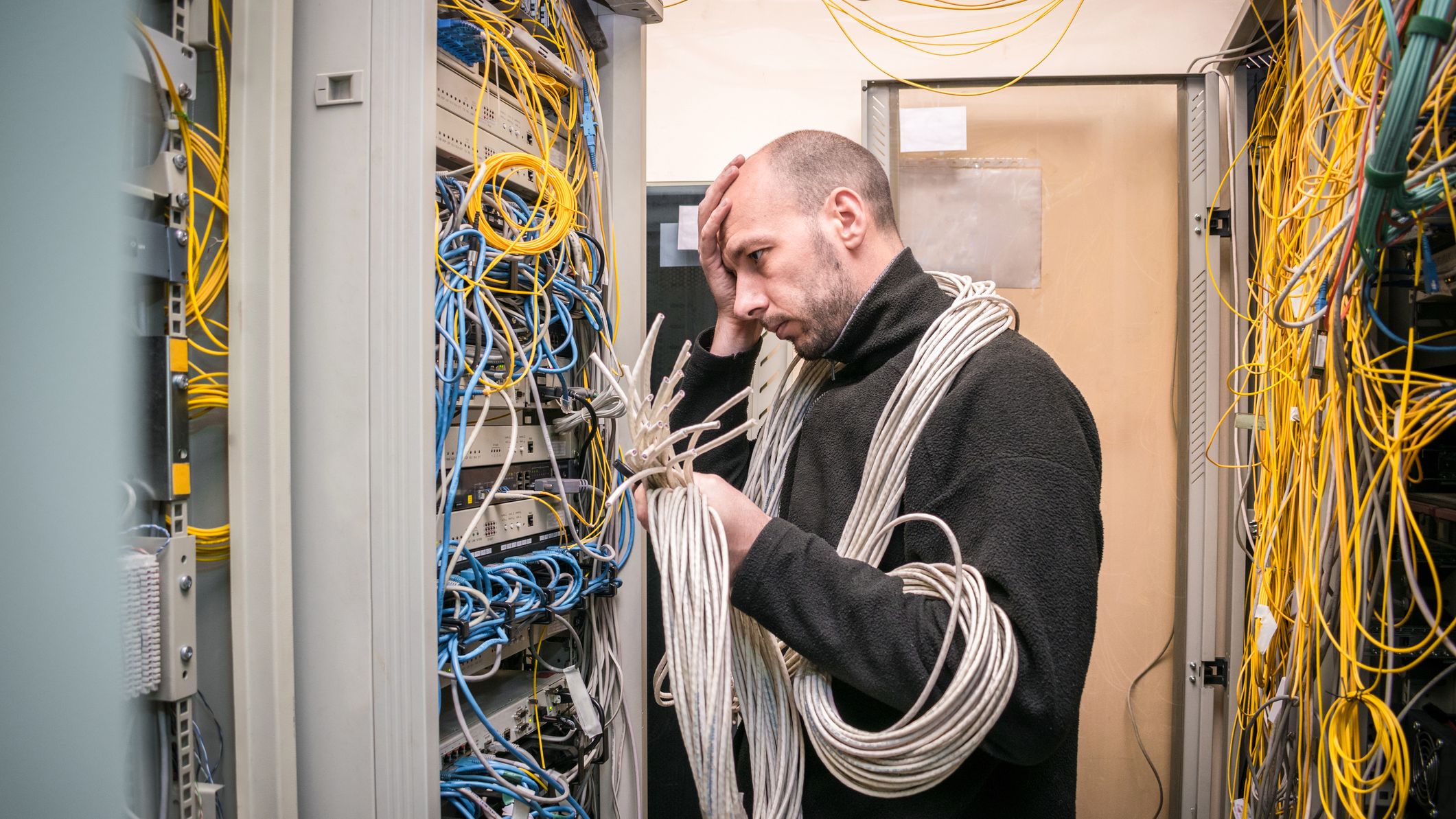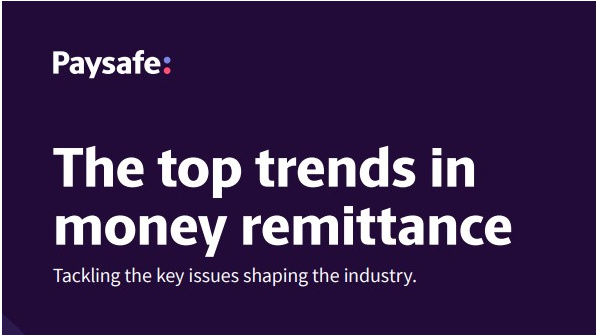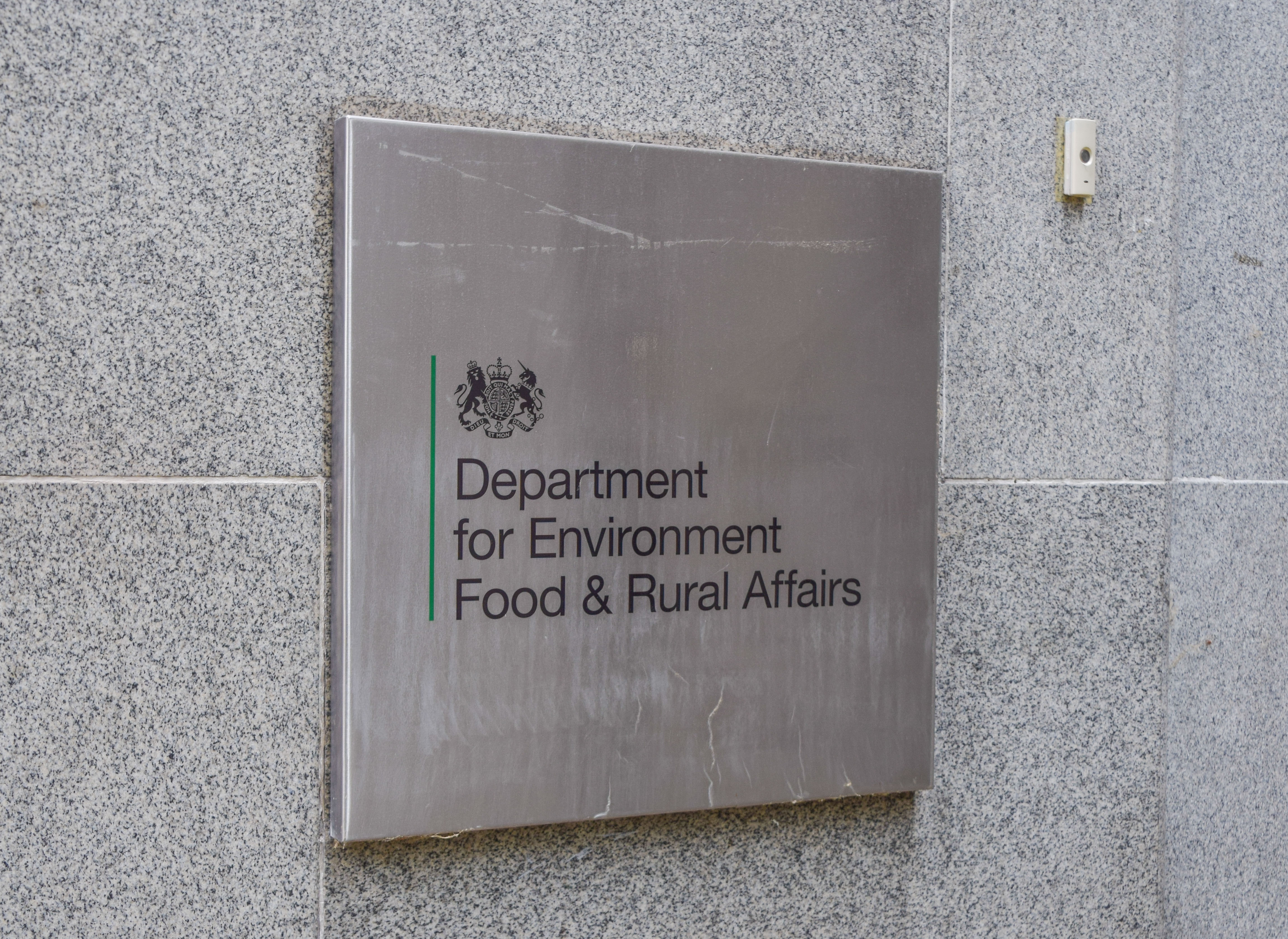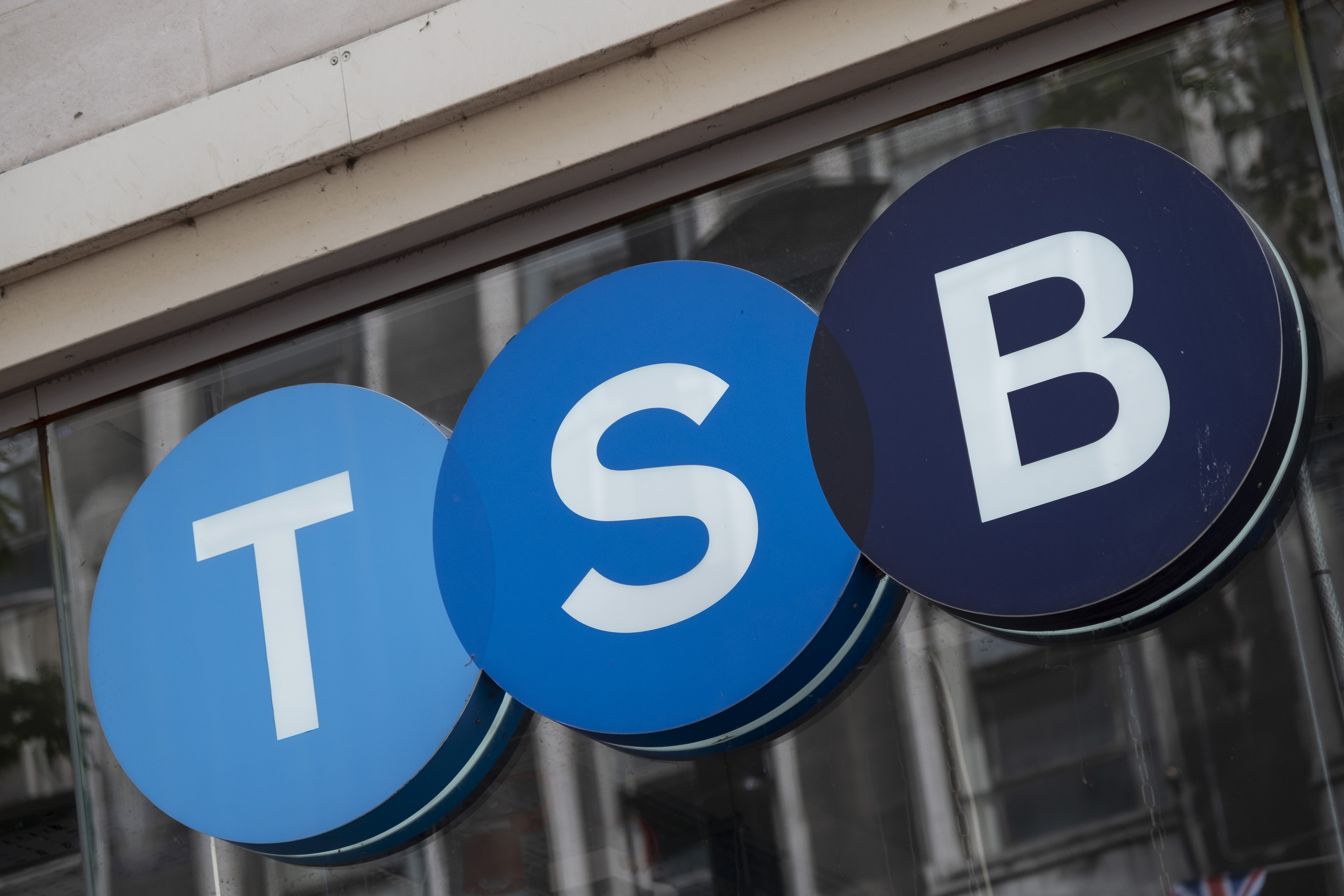Modernise or “find yourself on the wrong side of the digital divide”, urges expert
Firms can make use of hybrid cloud and microservices to ease off reliance on outdated systems, but they must act quickly


Businesses with legacy tech, particularly in their data tiers, must modernise as a matter of urgency or risk being “completely upended”, according to an industry expert.
Organisations that are over a decade old are more likely to run on older technology stacks that may require modernising. Ravi Mayuram, CTO at Couchbase, spoke to IT Pro on the IT Pro Podcast to discuss the issues facing companies with extensive legacy tech.
He warned against taking the easy route through digital transformation. Organisations have a tendency to prioritise updating customer-facing systems such as their user interfaces (UI) and application logic tiers, but they should instead focus on the data tier as a matter of urgency.
“The place you had delayed the most to make changes is in your data tier, because that’s the toughest and that’s your foundation, right? That’s the one you didn’t want to move all this while because it delayed it as much as possible, because you could get away with it,” said Mayuram.
“Now you can't, you have to realise that, that the more you sort of stick with legacy systems, the more obsolescence and the cost of it. And it's not just the bottom line, it's a top line. Also, you're no longer able to attract more new customers, because you're not accessible to so many of them, or you're not easily available to them, those kinds of issues show up."
Firms with legacy systems deeply entrenched within their stack could find replacing them an extremely difficult task. This is especially the case with legacy systems that support vital services that customers expect to be able to access around the clock.
“Those systems were not built for this, they could take a downtime of a night. Nowadays it's five nines (99.999%) availability, you cannot have the systems go down for more than five seconds in a year.”
Get the ITPro daily newsletter
Sign up today and you will receive a free copy of our Future Focus 2025 report - the leading guidance on AI, cybersecurity and other IT challenges as per 700+ senior executives
Mayuram used the analogy of a weight-bearing wall to describe systems that are difficult to take down in order to modernise and advised firms to update one microservice in their stack at a time in a gradual transformation.
RELATED RESOURCE

Digital transformation & risk for dummies
Understand the risks to your digital business and accelerate your digital transformation
He also pointed to the elasticity offered by cloud computing as a major advantage for tackling this problem, and argued that the use of a hybrid cloud approach and increased server redundancy during transformation can offer improved flexibility and avoid costly outages.
A recent example saw more than 11,000 flights delayed and more than 1,300 cancelled across the US when the Federal Aviation Administration (FAA) suffered a major system failure.
The FAA later stated that the systems error occurred as a result of contractors accidentally having “deleted files while working to correct synchronisation between the live primary database and a backup database”.
It still relies on a wide variety of legacy solutions, with Reuters having reported that despite digital transformation efforts some air traffic controllers will continue to track flights with paper strips until 2029.
“And that's where we saw, even in the recent airline situation, it was a data infrastructure tier issue which somehow bubbled up to be this bigger issue.
“So you just have to modernise that tier, and that's not for the faint of heart, so to say. And that's why it has come this far. Now, if you don't take that challenge and start the journey now, you will find yourself on the wrong side of the digital divide. You may not cross the chasm and things will pass by, or you will be completely upended.”
Legacy systems pervade tech departments around the world and can cause significant problems if not handled properly.
In November 2022, 50% of surveyed UK civil servants said that legacy technology in their departments was no longer fit for purpose and was holding back meaningful efforts at digital transformation.
A December 2022 report on legacy systems at the UK government's Department for Environment, Food, and Rural Affairs (Defra) revealed that almost a third have reached end-of-life (EOL) status.
This has left the UK's public sector vulnerable to cyber attacks, particularly as applications that have exceeded their developer support phase may contain zero-day vulnerabilities.
The National Audit Office (NAO) data also found that Defra has no plan for replacing its legacy systems, which account for 76% of the department’s total digital and technology spending.

Rory Bathgate is Features and Multimedia Editor at ITPro, overseeing all in-depth content and case studies. He can also be found co-hosting the ITPro Podcast with Jane McCallion, swapping a keyboard for a microphone to discuss the latest learnings with thought leaders from across the tech sector.
In his free time, Rory enjoys photography, video editing, and good science fiction. After graduating from the University of Kent with a BA in English and American Literature, Rory undertook an MA in Eighteenth-Century Studies at King’s College London. He joined ITPro in 2022 as a graduate, following four years in student journalism. You can contact Rory at rory.bathgate@futurenet.com or on LinkedIn.
-
 Should AI PCs be part of your next hardware refresh?
Should AI PCs be part of your next hardware refresh?AI PCs are fast becoming a business staple and a surefire way to future-proof your business
By Bobby Hellard Published
-
 Westcon-Comstor and Vectra AI launch brace of new channel initiatives
Westcon-Comstor and Vectra AI launch brace of new channel initiativesNews Westcon-Comstor and Vectra AI have announced the launch of two new channel growth initiatives focused on the managed security service provider (MSSP) space and AWS Marketplace.
By Daniel Todd Published
-
 Better together
Better togetherWhitepaper Achieve more with Windows 11 and Surface
By ITPro Published
-
 Transforming the enterprise
Transforming the enterpriseWhitepaper With Intel and CDW
By ITPro Published
-
 The top trends in money remittance
The top trends in money remittanceWhitepaper Tackling the key issues shaping the money remittance industry
By ITPro Published
-
 How Kantar revamped its IT infrastructure after being sold off
How Kantar revamped its IT infrastructure after being sold offCase Study Being acquired by a private equity firm meant Kantar couldn’t rely on its parent company’s infrastructure, and was forced to confront its technical shortcomings
By Rene Millman Published
-
 Deutsche Bank wraps up Postbank IT integration after bug-laden migrations
Deutsche Bank wraps up Postbank IT integration after bug-laden migrationsNews The IT merger is expected to generate annual savings of €300 million by 2025
By Daniel Todd Published
-
 Analyzing the economic benefits of Dell Technologies with VMware Tanzu & Intel
Analyzing the economic benefits of Dell Technologies with VMware Tanzu & IntelWhitepaper ESG economic validation
By ITPro Published
-
 Defra needs £726 million to modernize pervasive legacy IT issues
Defra needs £726 million to modernize pervasive legacy IT issuesNews A significant portion of IT systems are reportedly still in extended support or are fully unsupported
By Ross Kelly Published
-
 Former TSB CIO fined £81,000 for botched IT migration
Former TSB CIO fined £81,000 for botched IT migrationNews It’s the first penalty imposed on an individual involved in the infamous migration project
By Ross Kelly Published